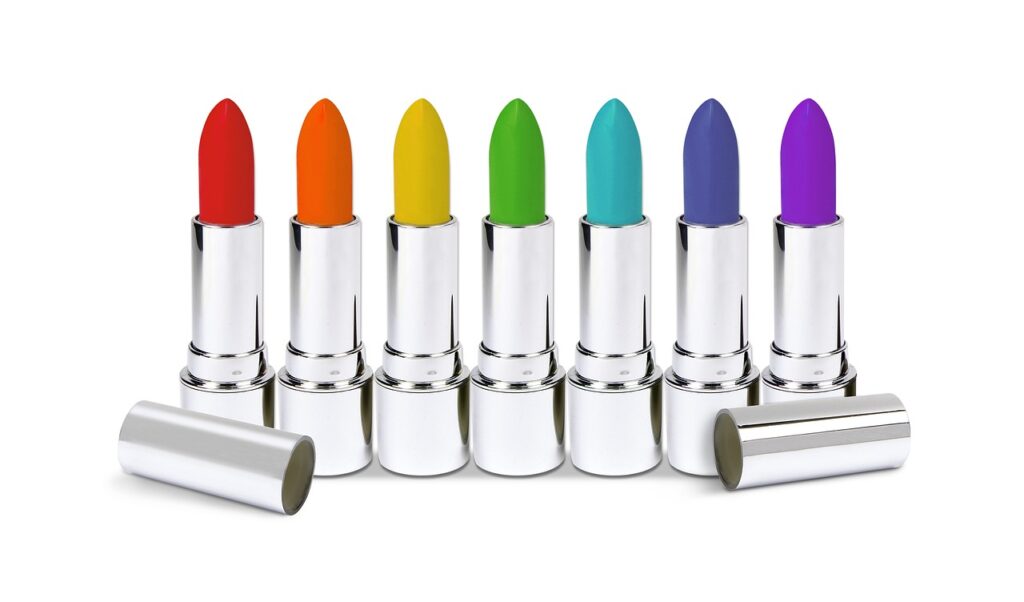DERMA AND COSMETICS
Natural Cosmetics, one of the leaders in the sector
The rise of natural cosmetics is transforming the beauty industry. This shift, driven by consumers becoming more aware of their health, well-being, and the environmental impact of their choices, has led to a growing preference for products made with natural and organic ingredients and flavors. Nationally and internationally recognized certifications, such as Ecocert and Cosmos, play a crucial role in ensuring the quality and transparency of formulations, building trust in the market and differentiating brands committed to high ethical and ecological standards.In addition, the interest in reducing environmental impact has popularized the use of biodegradable, recyclable packaging and refill systems, promoting practices such as refillable and zero waste. Brands, in response to these demands, are investing in biotechnology innovation to develop more effective, customizable ingredients and new practices. They have also integrated disciplines such as aromatherapy and phytotherapy, aligning themselves with the expectations of consumers who seek benefits beyond superficial aesthetics, promoting emotional well-being and differentiated user experiences.
 The dynamism of the sector has captured the attention of strategic and financial investors, attracted by its potential for profitability, sustainability and innovation.
The dynamism of the sector has captured the attention of strategic and financial investors, attracted by its potential for profitability, sustainability and innovation.
Examples of international expansion are the entry of the Uriach group into the French market with the acquisition of a laboratory specialising in natural cosmetics, and the purchase of Caldes de Boí by Marti Derm, consolidating its position in the active natural cosmetics segment. These corporate operations underscore confidence in the growth of this market and its strategic attractiveness.
Everything points to the fact that natural cosmetics are not a passing fad, but a segment in full expansion globally. Its growth rate, driven by changes in consumer habits and strategies in corporate operations, makes it a key pillar for the future of the sector
A resilient and growing sector
The dermatology and cosmetics sector continues to stand out in 2024 for its dynamism, with notable growth and intense mergers and acquisitions (M&A) activity. Global beauty market revenue reached $446 billion in 2023, a growth of 10% year-over-year, and is projected to reach $580 billion by 2027, with an estimated annual growth of 6%. This increase is driven by factors such as growing concerns about health and well-being, an ageing population and a reduction in the age of access to consumption of these products, which significantly expands the consumer base.
Despite facing challenges stemming from inflation, high energy costs, supply chain issues, and the geopolitical backdrop, the sector has historically shown great resilience to economic downturns. During the 2007-2009 financial crisis, companies in the sector traded at an average EBITDA of 10.5x compared to 9.3x for the S&P 500, while in the period of the Covid-19 pandemic multiples reached 16.1x compared to 15.8x for the index. This strong performance reinforces the attractiveness of the sector for investors, who perceive its resilience and its ability to maintain higher valuations in different economic contexts.
The market, although fragmented, is undergoing a process of consolidation. Large players have the resources to counter margin contractions, meet growing regulatory demands, and make significant investments in innovation and marketing. This allows them to differentiate their products, position brands, and take advantage of synergies derived from economies of scale. In this context, M&A operations have become particularly relevant, with vertical integrations, market consolidations and the entry into new technological or geographical areas. Both strategic and financial investors are leading the way, driven by the sector’s attractive growth potential.
A key factor in this dynamic is the entry of new agents. Pharmaceutical companies have increased their interest in the synergies in production and marketing offered by the sector, along with less strict regulation compared to their traditional business. At the same time, independent brands have gained ground by using digital channels and/or social networks to target a consumer who is more aware of the sustainability and social impact of their purchases. This competitive environment also creates pressure for companies to invest in affordable product development, innovation, and marketing strategies, in an effort to adapt to changing consumer preferences.
The dermatology and cosmetics sector combines robust growth potential with a proven ability to withstand economic crises, positioning it as a focus of interest for investors. Expansion prospects, historical resilience and innovation capacity continue to consolidate its attractiveness, even in a context of significant global challenges.
To discuss more in detail about the Derma & Cosmetics sector, provide us with up-to-date information about your company or if you would like to know about ALBIA’s wide range of advisory services and expertise, contact us and download our updated M&A Report on the sector.
Fernando Cabos, Partner at ALBIA, was Market Intelligence’s main contributor to this article.
 “The cosmetics and dermatology sector in Spain is experiencing significant M&A activity due to the fact that it is an atomized sector that stands out for its growth and considerable margins, with larger companies being significantly more profitable due to economies of scale. All this means that transactions are led by both companies in the sector and financial investors who are attracted by the growth potential and high profitability. And another piece of good news for companies in the sector is that their valuations are also high”
“The cosmetics and dermatology sector in Spain is experiencing significant M&A activity due to the fact that it is an atomized sector that stands out for its growth and considerable margins, with larger companies being significantly more profitable due to economies of scale. All this means that transactions are led by both companies in the sector and financial investors who are attracted by the growth potential and high profitability. And another piece of good news for companies in the sector is that their valuations are also high”
Fernando Cabos,
*IMPORTANT: This report is a periodic summary of certain economic and corporate information, as well as of the M&A transactions completed and announced in the industry. The information contained in this report should not be interpreted as a recommendation to sell or buy a specific company or stock. Any references or omissions of references to companies in this report should not be interpreted as a recommendation to buy, sell or take action with regard to a company’s stock. We are not requesting action with regard to any stocks or companies based on this report. The report is solely published to provide Albia IMAP’s clients and friends with general information. It does not take into consideration the specific investment goals, financial situation or needs of individual recipients. Certain transactions, including those involving start-up firms, entail substantial risk and are not suitable for all investors. This report is based on information that we deem to be reliable, but we cannot guarantee its accuracy or comprehensiveness, and therefore should not be viewed as such. Predictions are inherently subject to known and unknown risks as well as other factors that could completely vary the actual results. We are under no obligation to update the information contained in this report. The opinions stated are our own and subject to change without prior notice. Additional information is available upon request. The companies mentioned in this report may be Albia IMAP clients. The decision to include a company in this report is not linked to services that Albia IMAP provides to that company. This report may not be copied or reproduced in any manner, or redistributed without prior written consent from Albia IMAP. The information contained in this document may not be interpreted as legal counsel.

